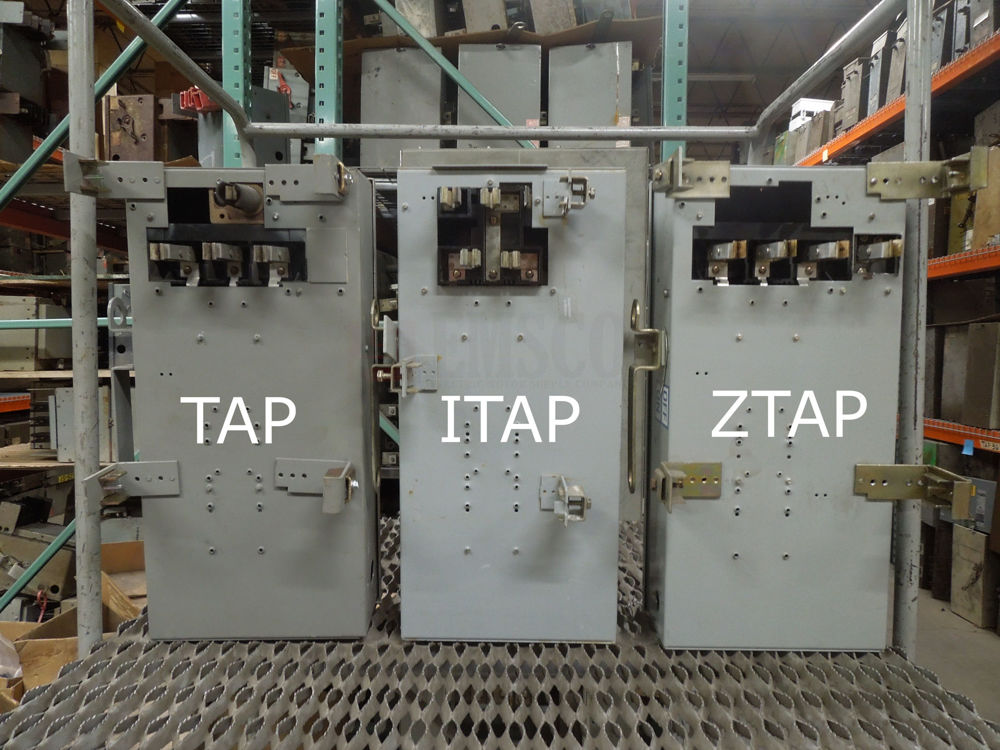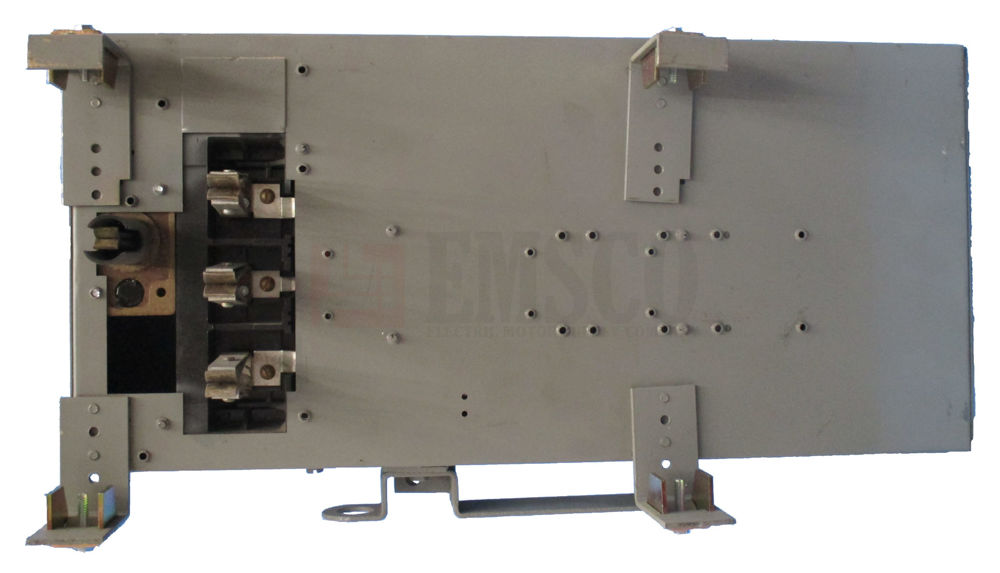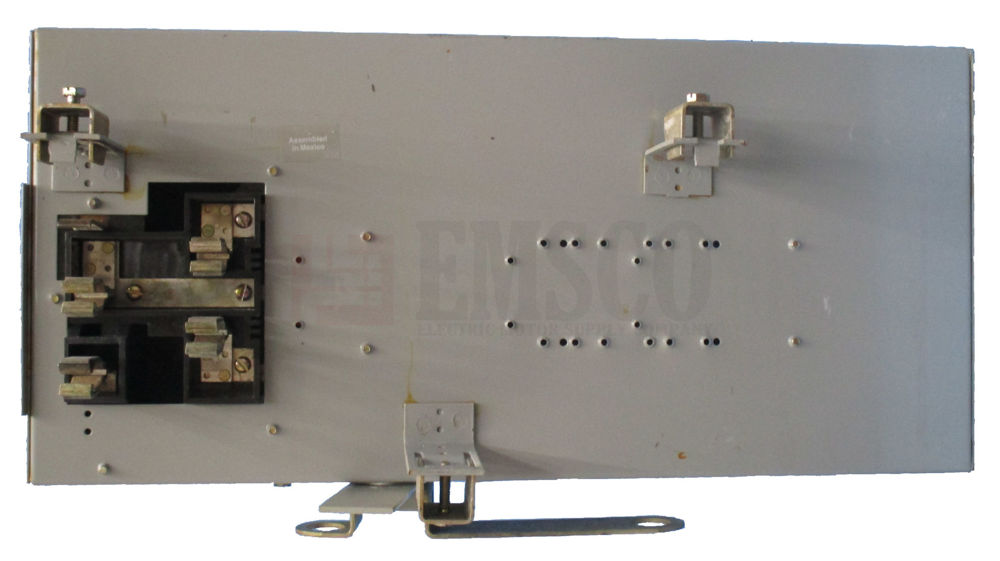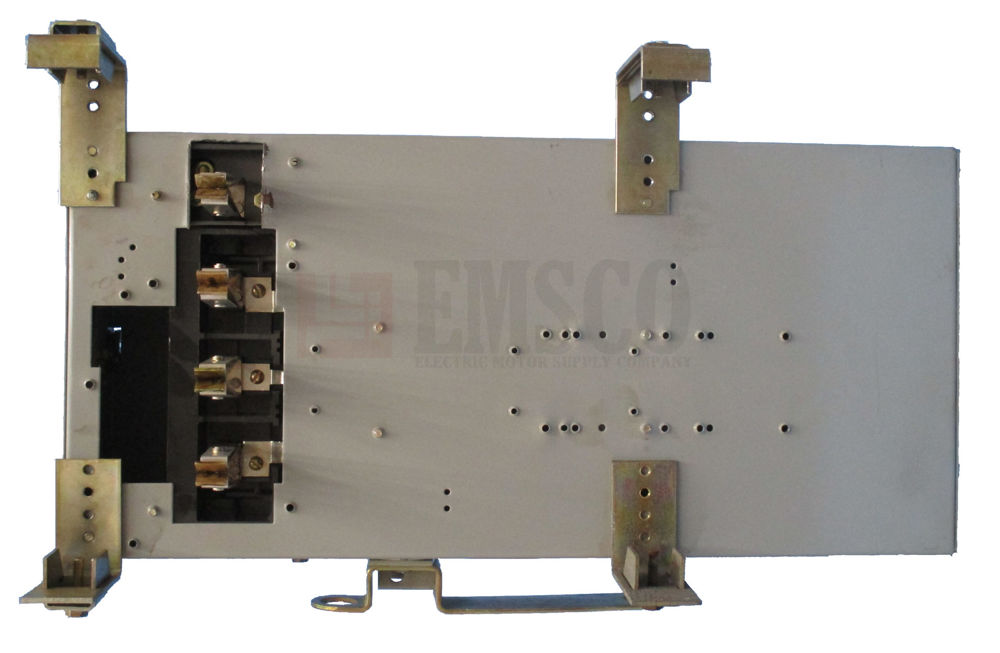Identifying Westinghouse TAP-ITAP-ZTAP Bus Plugs
Wednesday, February 21, 2024

One of the most common challenges in our industry is accurately distinguishing between the different series of vintage Westinghouse/Cutler-Hammer busway systems. Despite their nearly identical appearances, the TAP, ITAP, and ZTAP series are entirely distinct and cannot be interchanged.
Fortunately, there are quick and straightforward methods for correctly identifying the specific vintage series you require. In the following discussion, we will explore these differences, highlighting easy-to-spot clues on the plugs to help you correctly identify the type you need.
Identifying the types:
TAP
3 wire / 4 wire
For use with Westinghouse Standard-Design Busway 225A thru 1000A

Stab configuration: Aligned in a row; neutral offset from stabs.
TAP bus plugs feature stabs that align with each other. In the example above, this three-wire version features 3 stabs vertically aligned with one another. Note that the neutral stab will be offset from the stabs. The part number prefix on the front label will begin with TAP. Any deviations from that prefix designate that it is NOT a TAP series bus plug. It should also be mentioned that the prefix TAP is also used on ZTAP plugs, so another giveaway to differentiate a TAP series bus plug is by hanger width. The hanger width on the TAP series measures 9 ⅝ inches. If the hangers measure 11 ⅝ inches, it is a ZTAP bus plug. More on that below.
ITAP
3 wire / 4 wire
For use in Westinghouse Pow-R-Way I & II Busway 225A thru 4000A

Stab configuration: Staggered/Offset
The quickest and easiest way to identify an ITAP bus plug is by noting the stab configuration. In ITAP plugs, the stabs are offset from one another. In the 4-wire example above, you can see staggered stabs. The product label on the front will feature a part number that begins with the prefix ITAP. Any deviation from this designates that the plug is NOT part of the ITAP series.
ZTAP
3 wire / 4 wire
For use with Westinghouse Low-Impedance Busway 1000A thru 4000A

Stab configuration: Aligned in a row; neutral stab aligned with stabs.
Extremely similar in appearance to TAP plugs, there are fortunately two tell-tale signs to identify a ZTAP bus plug: the neutral stab position (fourth wire) and hanger bracket width. With ZTAP plugs, the stabs are again aligned with one another, however, it’s critical to note that the neutral stab will also be aligned with the stabs. The example above shows that this is a three-wire plug with a neutral stab at the top.
The other big giveaway that this is a ZTAP plug is the hanger width. As you can see in the example, the hangers extend beyond the width of the plug on both the top and bottom. In the ZTAP series, the hanger dimensions measure 11 ⅝ inches wide versus the TAP series hanger width of 9 ⅝ inches.
It is also critical to note that you cannot go by the product label to identify a ZTAP bus plug. The prefix on the label, confusingly, will also begin with TAP. It is only by the neutral stab position and hanger width that you can correctly identify a ZTAP bus plug from a TAP bus plug.
We're here to help
We hope that this quick guide helps provide a quick overview of the various Westinghouse bus plug types. If you still have any questions regarding the type that you need, please email us or give us a call and our sales team will be happy to assist you.
Shop Westinghouse Bus Plugs

